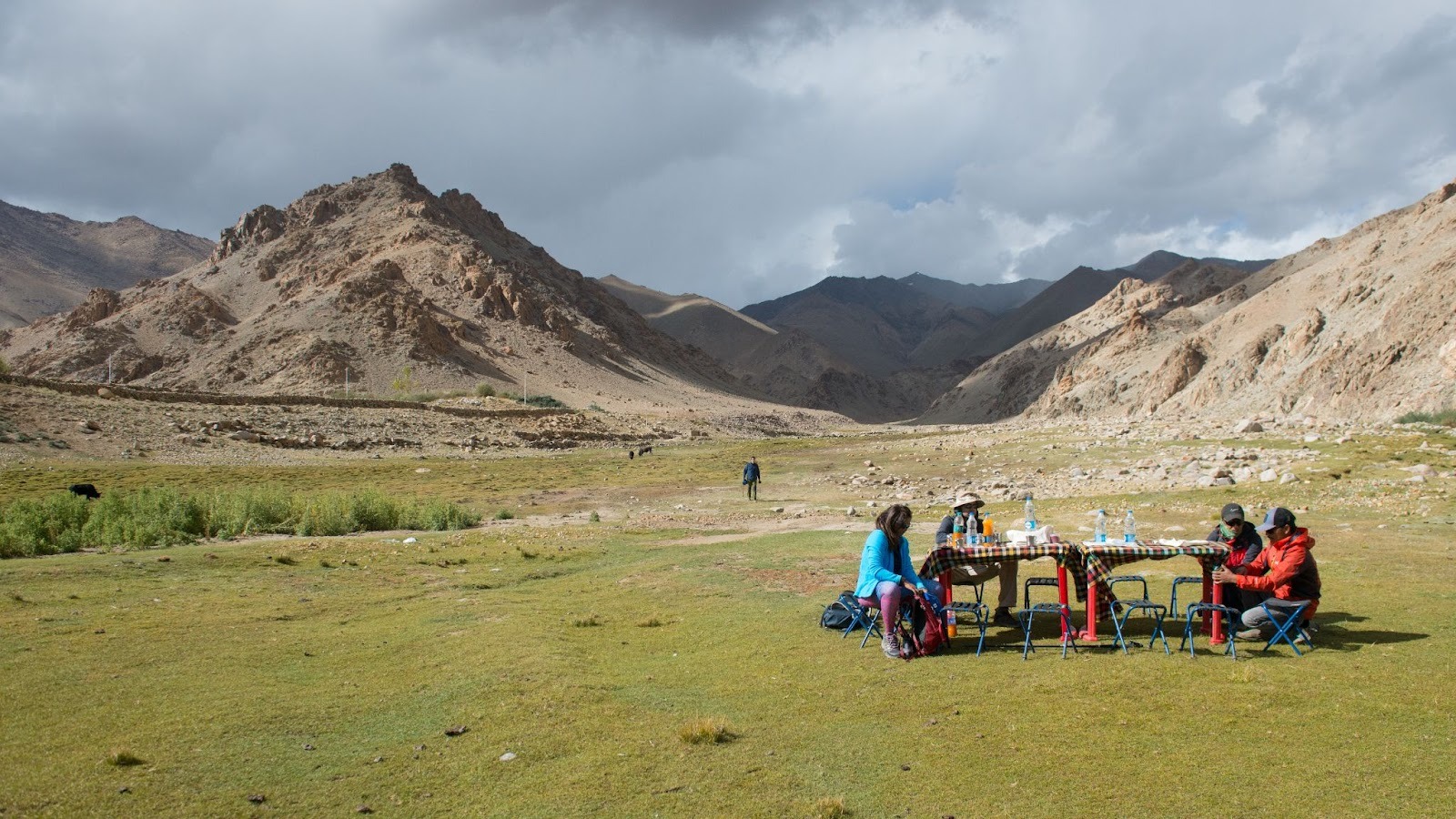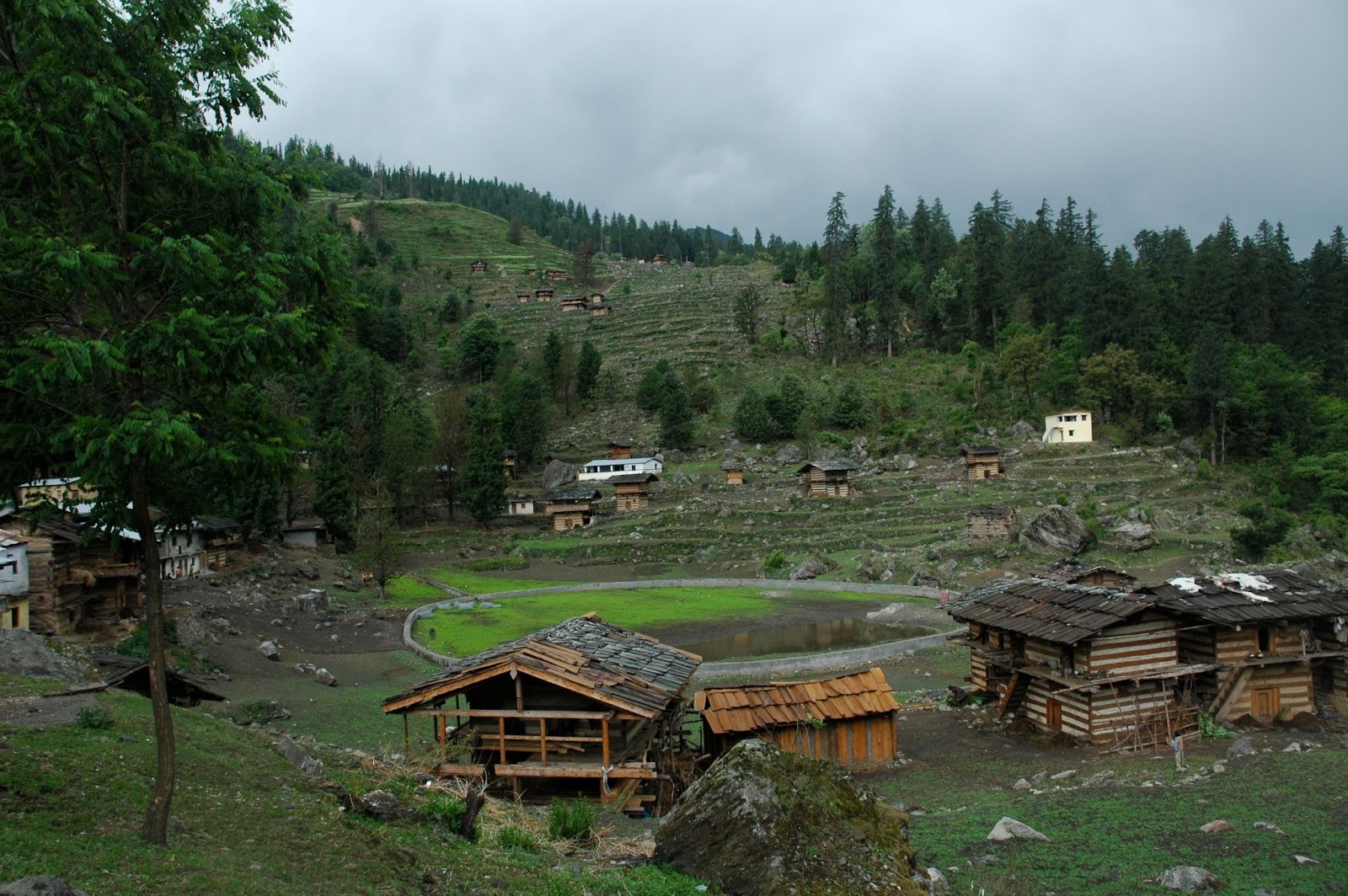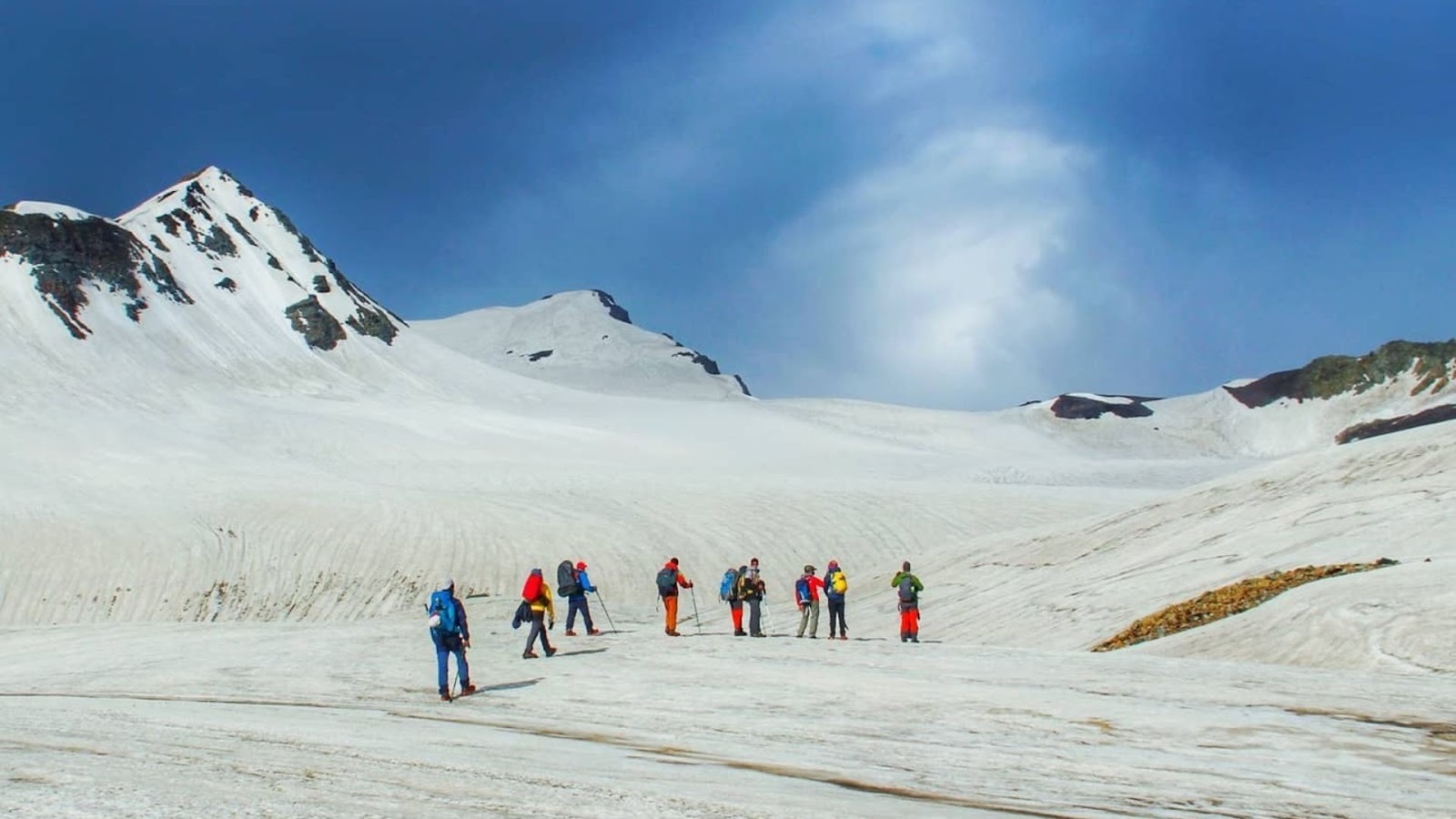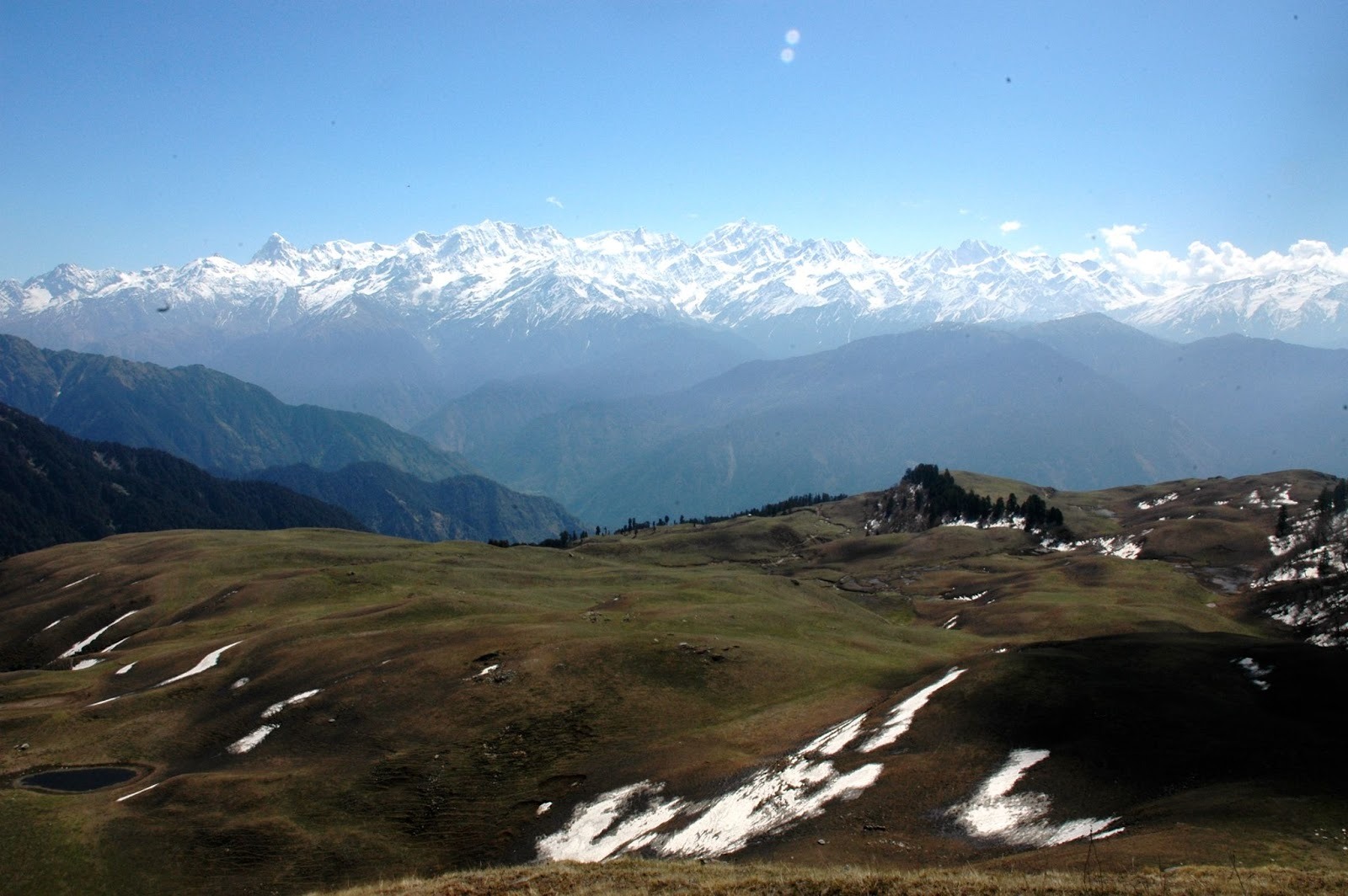Best Himalayan Treks to Do in November: Weather, Routes, and Tips
Plan your November adventure in the heart of the Himalayas!
.jpg)
Plan your November adventure in the heart of the Himalayas!
November paints the Himalayas in a calm, golden light. The monsoon is long gone, the skies are open, and the air feels clean and cool. It is one of the best times for anyone who wants quiet trails, clear mountain views, and that hint of early winter.
At Juniper, we don’t just suggest treks. We take care of everything, from your permits to your guides, camps, and gear. All you need to do is arrive with a sense of curiosity, and we will make sure your journey runs smoothly.

November sits between autumn and winter, a short window when weather conditions are stable and visibility is excellent. The days stay bright and pleasant, usually between 10 and 15°C, while nights turn crisp below freezing.
This is also when the Himalayas are at their quietest. Summer crowds are gone, meadows have turned golden, and snow has started to appear at higher altitudes. If you want peaceful trails, fresh air, and picture-perfect views, trekking in November in India is the best time to go.
Here are ten beautiful Himalayan treks that balance scenery, comfort, and early-winter charm.
All these routes are part of Juniper’s Trek Programs that include full planning, permits, and local support.

Uttarakhand offers the clearest mountain views in November. Days are cool and sunny, while nights can dip to –3°C or lower at high camps. Forest trails glow with late-autumn colours and meadows start to frost over.
Most treks begin from Dehradun or Rishikesh, both well connected by train and flight. Juniper arranges all transfers, guides, and permits before you arrive, so there is nothing to manage on your own.
Easy options: Dayara Bugyal and Deoriatal–Chandrashila
Moderate trails: Brahmatal, Kuari Pass, and Phulara Ridge
Longer cultural routes: Har Ki Dun–Ruinsara Valley
If you are new to trekking, start with our Best Himalayan Treks for Beginners.

For milder weather and shorter travel, you can also try the Western Ghats and Central India routes.
Kuppar Climb – Winter Special: Gentle ridges, cedar forests, and soft winter sunlight.
Pabbar Valley Trail: Apple orchards and mountain villages with light snow in the distance.
Vale of Kashmir and Kanatal Trail: Perfect for families who want views without high altitude.
These are part of Juniper’s Active Holiday Collection, where every trip is guided and fully arranged.

Lower altitudes stay around 12–20°C in the day and 2–8°C at night. Above 10,000 ft, days are 8–15°C and nights often fall below freezing. Light snow may appear at Kedarkantha or Goechala in late November, while consistent snow arrives in December.
Cold mornings and early sunsets mean crystal-clear skies and star-filled nights. Juniper’s support crew prepares hot meals, checks your oxygen levels, and keeps camps warm and safe.
Good fitness helps you enjoy the trek more. Our Himalayan Trek Fitness Guide shows simple steps to build stamina and strength before your journey.
Juniper arranges most group gear, but packing smart keeps you comfortable.
Clothing and Layers
Footwear and Accessories
Use waterproof ankle-high boots with good grip. Pack gaiters, a headlamp, and micro-spikes for icy paths.
Gear and Safety
Use four-season tents, sleeping bags rated to –10°C, and medical kits at every camp. Carry personal items such as reusable bottles, sunscreen, and a small first-aid kit.
Read our full Trekking Gear Checklist for detailed packing advice.

For First-Timers and Families
Deoriatal and Dayara Bugyal are gentle, scenic, and supported by our experienced mountain guides.
For Scenic Views and Meadows
Ali Bedni and Phulara Ridge offer wide open views and golden grasslands under blue skies.
For Snow and Adventure Seekers
Kedarkantha and Brahmatal are ideal for early snow and a sense of winter adventure.
For Culture and Remoteness
Har Ki Dun–Ruinsara Valley and Sandakphu–Phalut combine heritage villages, forest trails, and rich local culture.
Not sure which trek suits you best? Chat with our experts on WhatsApp, and we will help you choose.
Permits, Safety, and Planning
November shows the Himalayas at their clearest and most peaceful. Whether you want meadows, lakes, or snow peaks, Juniper’s guided programs make the experience safe, organised, and meaningful.
Our team manages every part of your journey so you can enjoy the trail without worry. From transport to camps, guides, and permits, we take care of it all.
Plan your next trek at Juniper Outdoor or speak directly to our team on WhatsApp.
You might see early snow on Kedarkantha, Brahmatal, and Goechala by the last week of November. However, steady snowfall usually begins in December. Juniper’s local teams track trail and weather conditions daily to ensure safe travel.
Yes, absolutely. Treks like Deoriatal–Chandrashila and Dayara Bugyal are great for beginners. They’re scenic, short, and well-supported by Juniper’s guides, making them a comfortable introduction to Himalayan trekking.
Expect pleasant days around 10–15°C and chilly nights that can dip below freezing above 10,000 ft. Juniper provides high-altitude tents, warm sleeping bags, and insulated camps for complete comfort.
Yes. Forest and national park permits are mandatory in most regions. Juniper handles every permit on your behalf, including special permissions for routes like Goechala in Sikkim.
Yes. November trails can be icy, and days are shorter. With Juniper’s experienced trek leaders, emergency gear, and local support staff, you’re always in safe hands throughout the journey.
Book at least four weeks in advance. November is a popular trekking month, and slots fill up quickly. Juniper manages your transport, accommodation, and gear so your trek preparation stays stress-free.